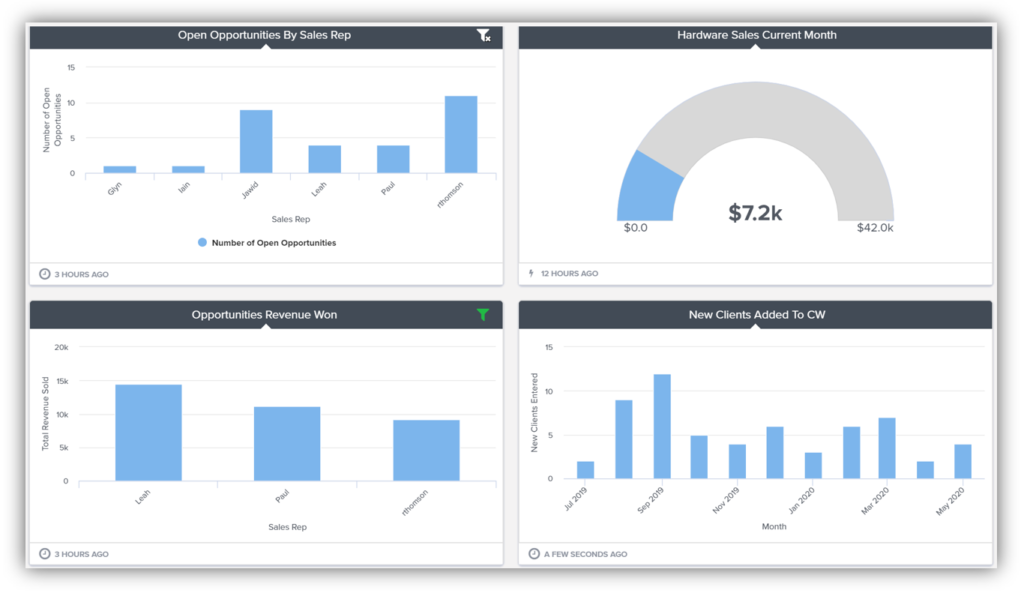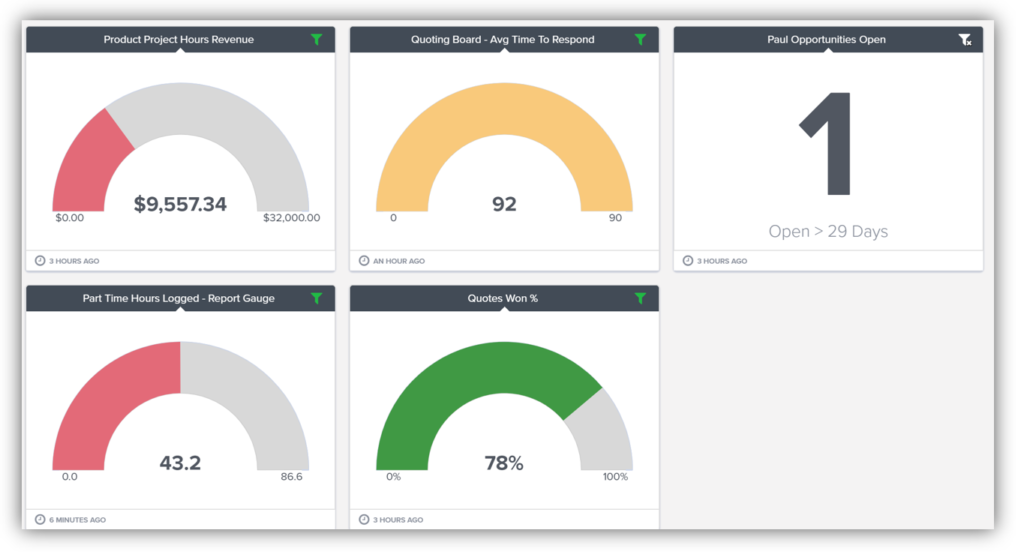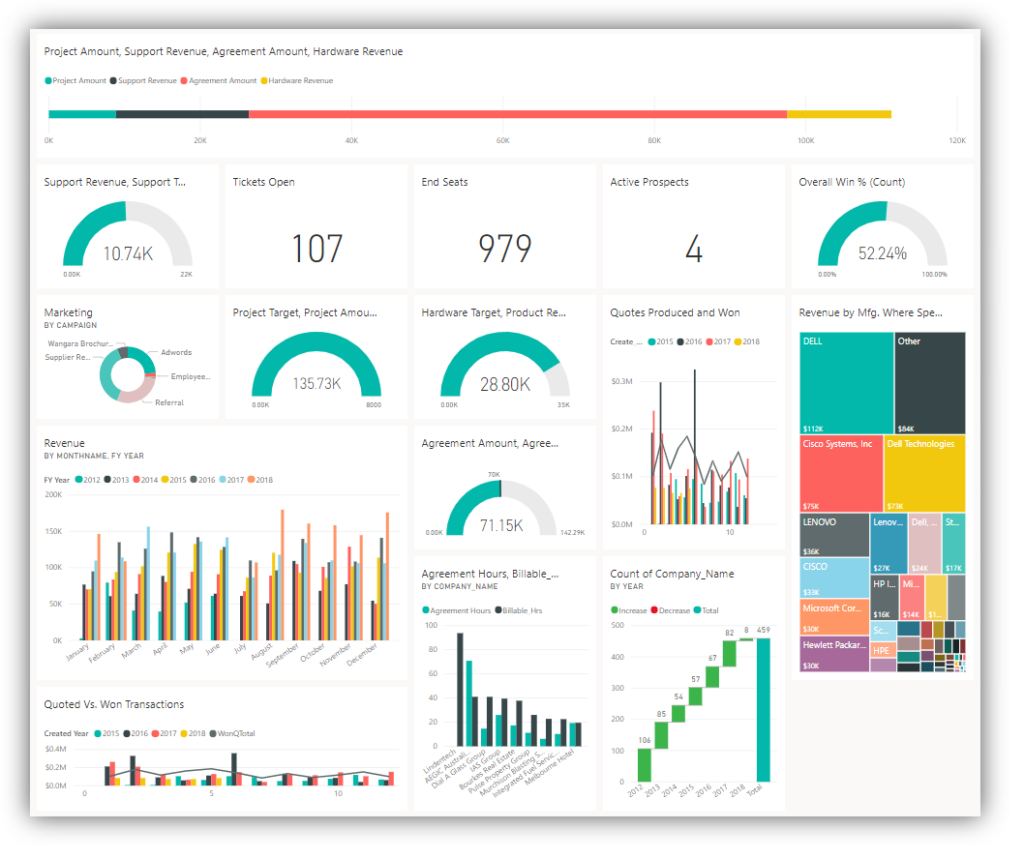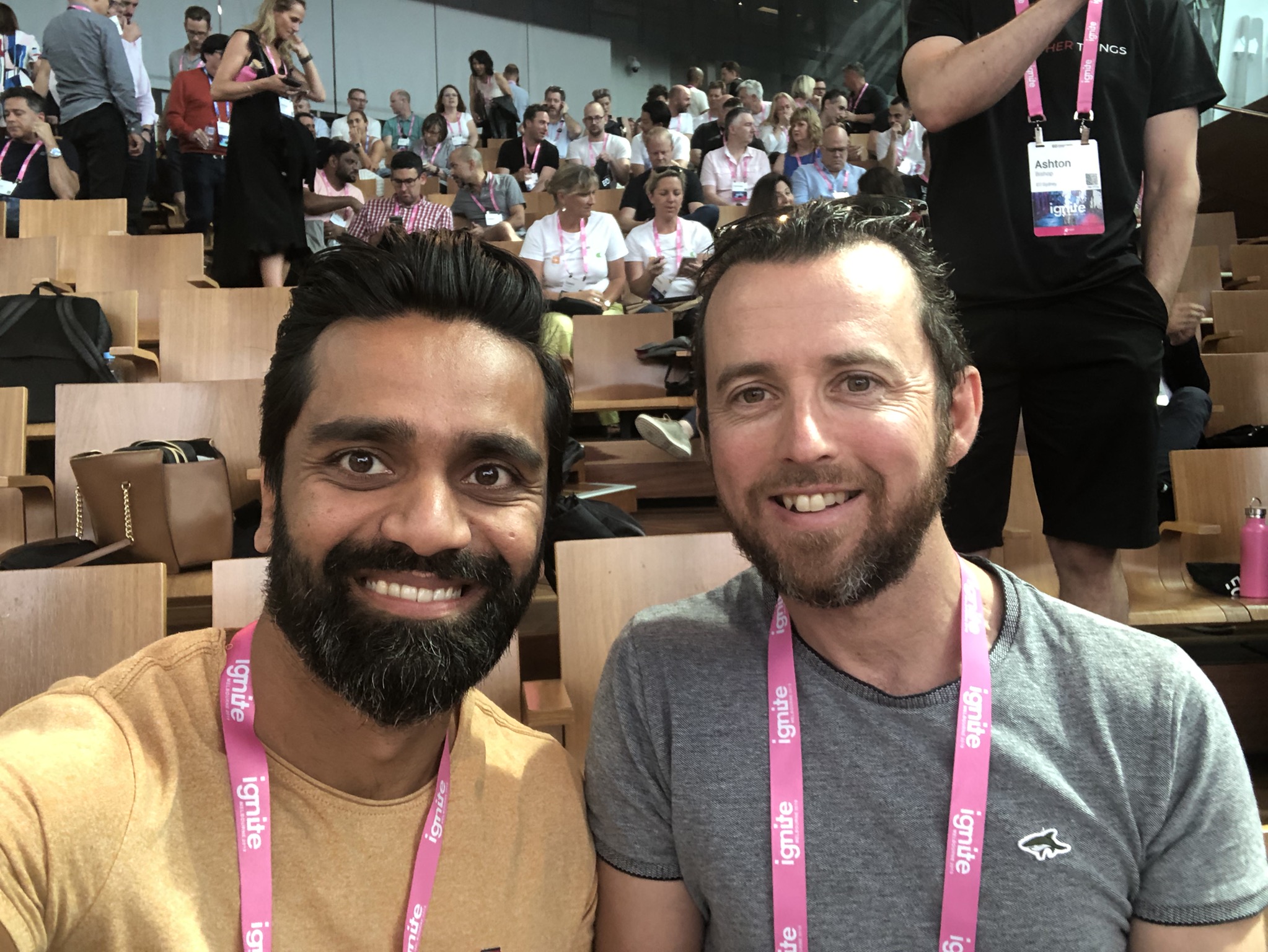
By far, the biggest issue of growth in an organisation lies in how to scale the team and keep the culture intact. I have always believed (similar to many other leaders) that people are the core reason an organisation is truly successful. Of course you need to have a good product, good strategy, sales model, blah blah; but nothing can be put in place and prosper unless you have a good people management strategy. One of the biggest challenges that a growing organisation faces over time is keeping everyone on the same path. In this article I’ll share with you what we did within our workplace to align everyone through goal setting and some simple steps on how to get your whole team on the same path. People are the key to growth and goals are the key for people. I see people as the foundation of the whole organisation. If the foundation is solid the structure can be big. If holes exist in the foundation, it will struggle to grow.
We all know the tremendous power in goal setting. We’ve heard the advice countless times – write down your goals and you will achieve. Tony Robbins’ famous quote “Setting goals is the first step in turning the invisible to visible”, has always resonated with me. The sheer power of seeing your goals in front of you, alters your brain chemistry and helps you gravitate towards your goals. An organisation is no different. All successful companies around the world will have goal setting as a common success point. However, the ones that stand out are the ones that don’t just have goals for the company, but also have very clear goals and Key Performance Indicators (KPIs) for each and every person who is employed by the company. Five years ago, we first started managing and maintaining our goals properly. We used to always have goals previously, but they were quite loose and we weren’t really ‘living’ our goals. What helped us to really focus on and achieve goals was to put the goals out in the open for everyone to view. That way everyone could then know where the team was headed. We have always been huge advocates of giving employees full autonomy to make their own decisions (and mistakes) to achieve results. If something doesn’t work they can change the goals accordingly. Reflecting back on our journey, our stages were broken down into company goals, team goals, and individual goals.

Company Goals
When we first decided to dashboard our goals we used Microsoft’s analytics software called PowerBi, which was introduced around the same time. Our goals were broken down into three main areas: financial, sales (customer additions), and support (primary source of income). Financial goals were easy – targets for the year were broken down into quarters, and then months. The financial growth was based on key products, upselling, and cross selling; but only the main goals were tracked not individual at this level (we don’t want KPI fatigue, I will get on to this later on). Number of customer additions were part of the KPIs because this means we’re closer to our revenue goal for the year. It was a key motivating factor in a different way also as we celebrated with a cake for each customer add (celebration is another part of the puzzle, which I will talk about later too). Finally, support metrics were also on the board, this was just one metric – number of support tickets open. For us, this was an important measure of how busy the main team was in the business and it was a good indicator of whether we need more engineers.
The above was enough to bring everyone on the same page and for them to visualise what company success looked like. The monthly revenue we needed to achieve to reach the yearly target, how many customer adds would result in the revenue gain, and how busy it needs to get before we can recruit another support engineer. If you are looking for top level goals for your organisation, a key question to ask is what departments are crucial for the business? For example the production department is far more crucial than the sales admin department; finance department is far more important than the accounts team and so on. This will help you determine the three most critical indicators for your business.
Following this, it was apparent that each department needed to dig further into their KPIs to determine what ‘success’ looks like for their team. Having just the number of open tickets for the support team, wasn’t a good enough indicator. We also needed to add; how long the tickets were open for, how long a person was spending on average on each ticket, and whether the SLA (service level agreements) were met on tickets. This also helped us determine where we needed training for the engineers. We then created separate dashboards for each team with five KPIs. It is important to keep goals to a minimum as a team to ensure only critical KPIs are being displayed.

Finally, each and every individual needs to have a dashboard of their own that they keep an eye on daily. By the time you get to the individual level, it becomes apparent how crucial it is to stem the goals from top level goals. The whole idea of goal setting in an organisation is to ensure that everyone is heading in the same direction. When this exercise was first done for us, it was a big light bulb moment to realise how we were focusing on the wrong things day to day. This process not only aligned everyone, but also hugely improved culture in the office. It stresses the importance of writing down goals and always keeping an eye on them.
Individual goals will vary from department to department. For example as a business owner my key KPI is to measure employee happiness (we use OfficeVibe for this purpose), whereas for a project manager it’s important to measure customer happiness. Sometimes it may also be practical to have the happiness metric as a KPI for multiple individuals also, it just depends on how your organisation is structured.

Our Process
We have a KPI dashboards (using BrightGauge) for three levels: company, team, and individuals. Following are the key aspects of our process for dashboards:
- For each level the audience is key (no point showing the support dashboard to the Accounts Payable team!)
- We have a TVs around the office to display goals for our teams
- Each person has a dashboard which they see every day on their own PCs
- Each person has their dashboards emailed to them and their manager (to set ‘point in time’ in reporting)
- Successes are celebrated frequently
- Results are then discussed at company level, then team level and manager-employee level
Things to watch out for
KPI fatigue. It is important to keep goals simple and easy to follow. Measuring too many aspects of the business will have you drowned in numbers and will only diminish everyone’s focus. From my experience, five or less KPIs works well. KPI fatigue is real – doing fewer things very well is better than doing ten things mediocrely. The key is to get your point across to your team, not drown them in numbers that you understand really well but they may not. Hence, always ask the question when you’re setting metrics – is this important to me AND my team? If the answer is maybe, then get rid of it. Of course the people who would like more detail beyond the key five indicators, were able to set this up.

Everyone has goals. There is an argument to say that some people don’t really have goals in the company, like a receptionist, or someone that performs mundane tasks. This is a fallacy. If you have hired a person to do a particular job; they have KPIs – maybe you just haven’t identified them yet. Each person in the business has a set success indicator, including the cleaners! For example a cleaner would have the following KPIs – time to clean, customer feedback on cleanliness, and budget spent on cleaning products vs number of offices cleaned. Another example – marketing assistant (not manager) where his/her role is to organise newsletters and general communication with current and potential clients; KPIs including monitoring engagement with clients, number of clicks, impressions, and number of enquiries generated. You get the idea… if you absolutely cannot find a KPI for a person, question whether they need to be in the business.
Celebration. What KPIs are to business, celebrations are to culture. Celebrations confirm that we’re on the right track and helps the whole team become more determined. We celebrate company successes by celebrating each new client we get, team success by celebrating one key metric being met, and individual success by celebrating each engineer passing an exam.
Formalising goals and key performance indicators changed the face of our organisation and everyone’s mentality forever. Putting the goals in front of them keeps everyone accountable and responsible for their own work. It helps us not ‘manage’ any employee, simply help them do their jobs better and achieve a special sense of pride in our work. It helps to keep everyone focused and motivated to achieve individual, and hence organisation success.






